4-Channel Relay Module — Overview
The 4-Channel Relay Module is a compact, reliable interface board that lets you control high-voltage devices using low-voltage digital signals. Designed for hobbyists, makers and engineers, this module is ideal for smart home automation, robotics, industrial control and IoT projects where switching AC or DC loads from microcontrollers is required.
Key Features
- 4 Independent Channels — Trigger each relay separately to control up to four devices.
- High Load Capacity — Each relay supports up to 250V AC / 10A or 30V DC / 10A.
- Optocoupler Isolation — Provides safe separation between the control circuit and high-voltage loads to protect your Arduino, Raspberry Pi or other MCU.
- LED Status Indicators — Per-channel LEDs make monitoring and troubleshooting quick and easy.
- Standard 5V TTL Interface — Directly compatible with common development boards.
- Secure Connections — Screw terminal blocks for load wiring and mounting holes for stable installation.
- SPDT Relays — Single-Pole Double-Throw configuration for flexible wiring (NO/NC/COM).
Specifications
- Relay Channels: 4
- Operating Voltage: 5V DC
- Relay Type: SPDT (Single Pole Double Throw)
- Control Signal: TTL logic compatible
- Max Load (AC): 250V / 10A
- Max Load (DC): 30V / 10A
- Indicators: LED per channel
- Isolation: Optocoupler per channel
- Mounting Holes: Provided
- Connections: Screw terminal blocks for load, header pins for control
Typical Applications
- Home automation — control lights, fans and appliances remotely.
- Robotics — switch motors and actuators in robot systems.
- IoT projects — integrate with sensors and cloud-based controls.
- Industrial control — manage pumps, solenoids and small machines.
Wiring & Compatibility
The module uses 5V TTL control inputs that connect directly to Arduino, Raspberry Pi (with proper level shifting if needed for 3.3V boards), ESP32, ESP8266 and other microcontrollers. Use the screw terminals to wire the high-voltage loads: COM, NO (Normally Open) and NC (Normally Closed) pins are available for each relay channel. The optocoupler isolation reduces noise and helps protect the MCU ground from transients — but always follow safe wiring practices.
Safety & Best Practices
- Disconnect power before wiring high-voltage loads.
- Confirm load current and voltage do not exceed the relay ratings (250V AC/10A or 30V DC/10A).
- Use proper fusing and protective devices on AC mains circuits.
- Keep high-voltage wiring separated from low-voltage control traces.
- Test on a bench with low-voltage loads before connecting mains-powered devices.
Why choose this 4-Channel Relay Module?
This module combines high-voltage switching capability with optocoupler isolation and user-friendly features like LED indicators, screw terminals and mounting holes. It’s built for durability and easy integration, making it an excellent choice for makers, engineers and developers building automation, robotics or IoT solutions.
Note: Images are for illustration only. Actual product appearance may vary.

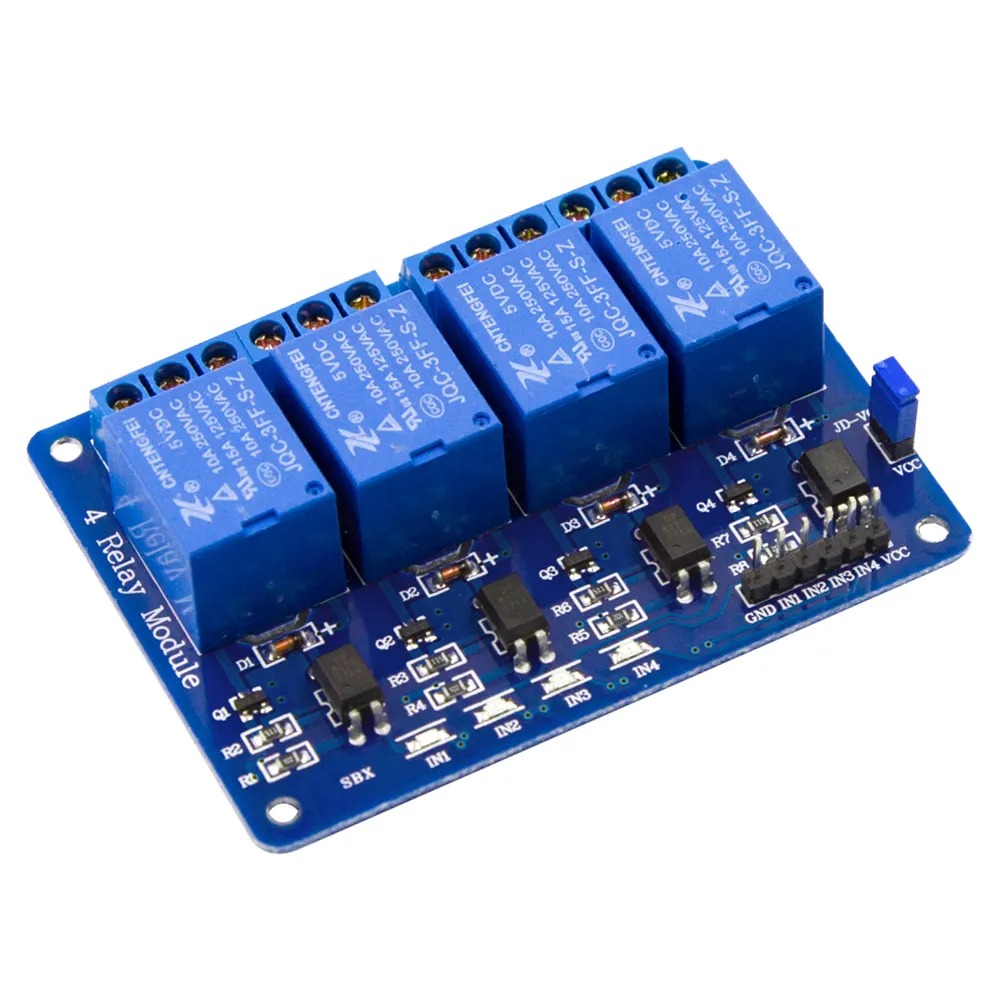
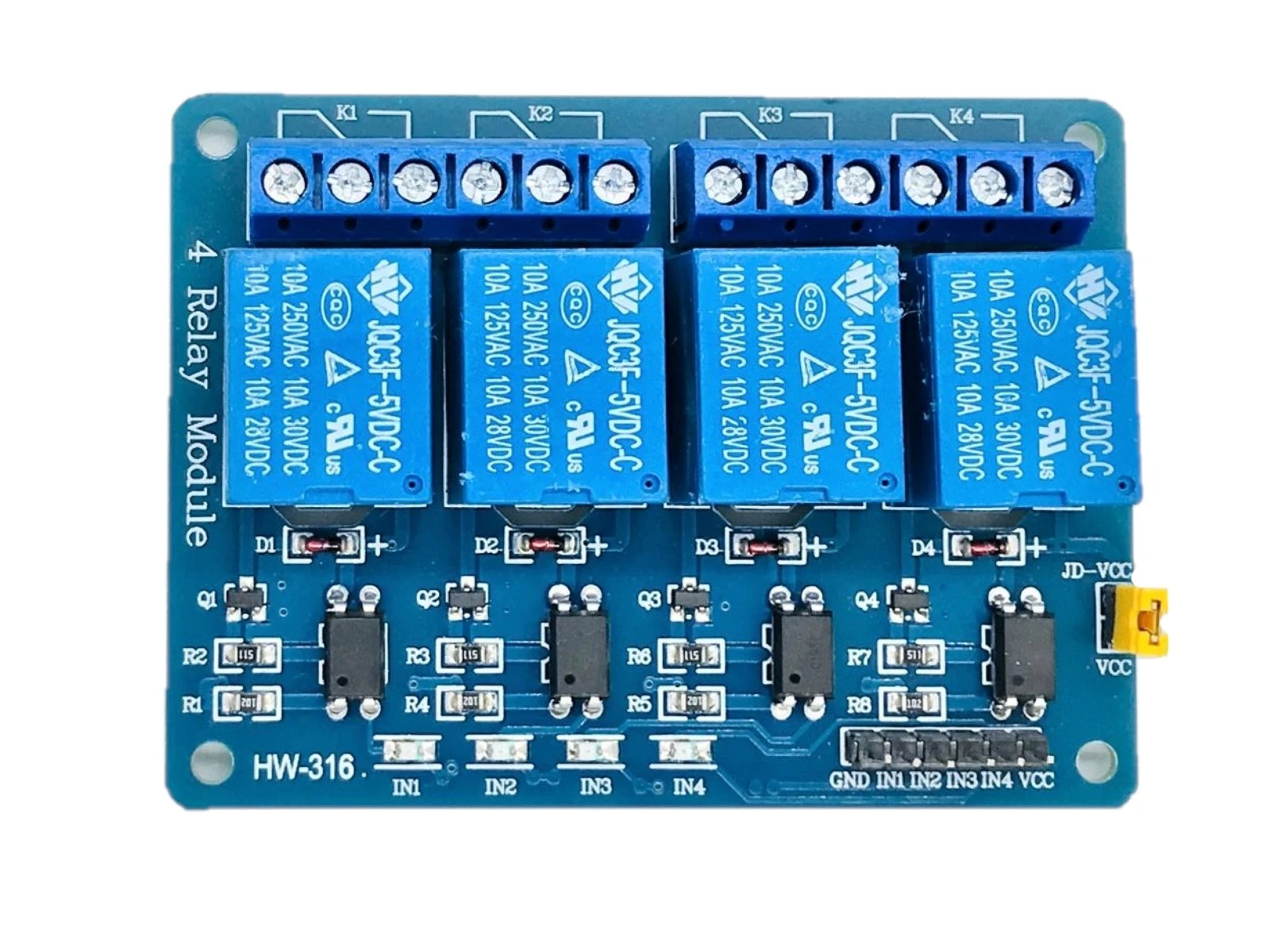
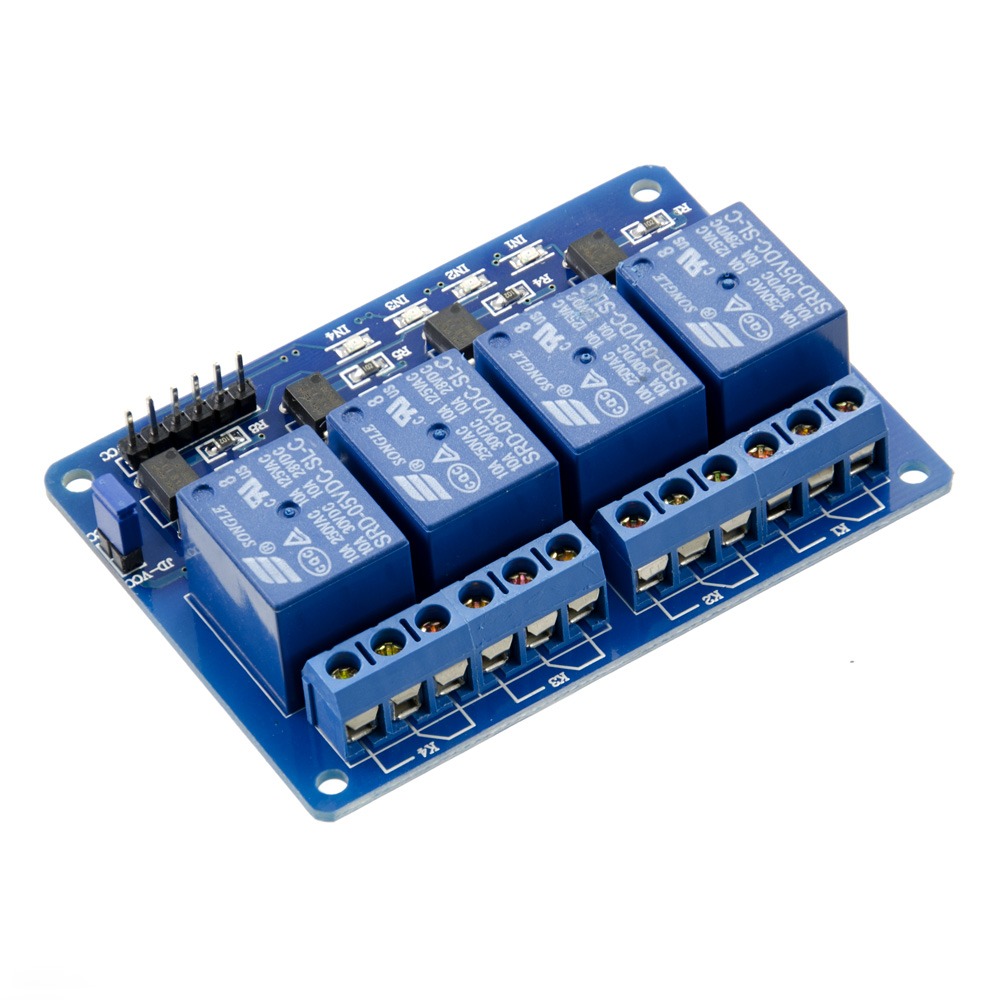
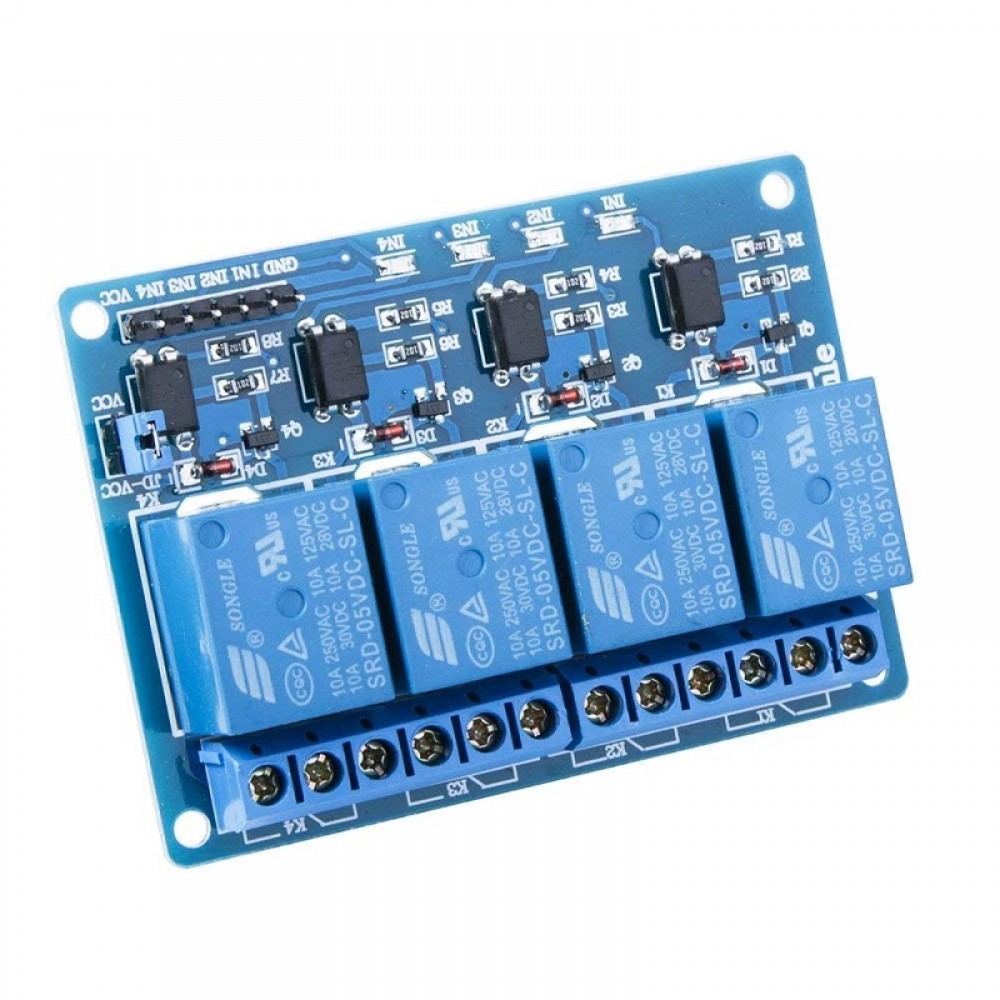
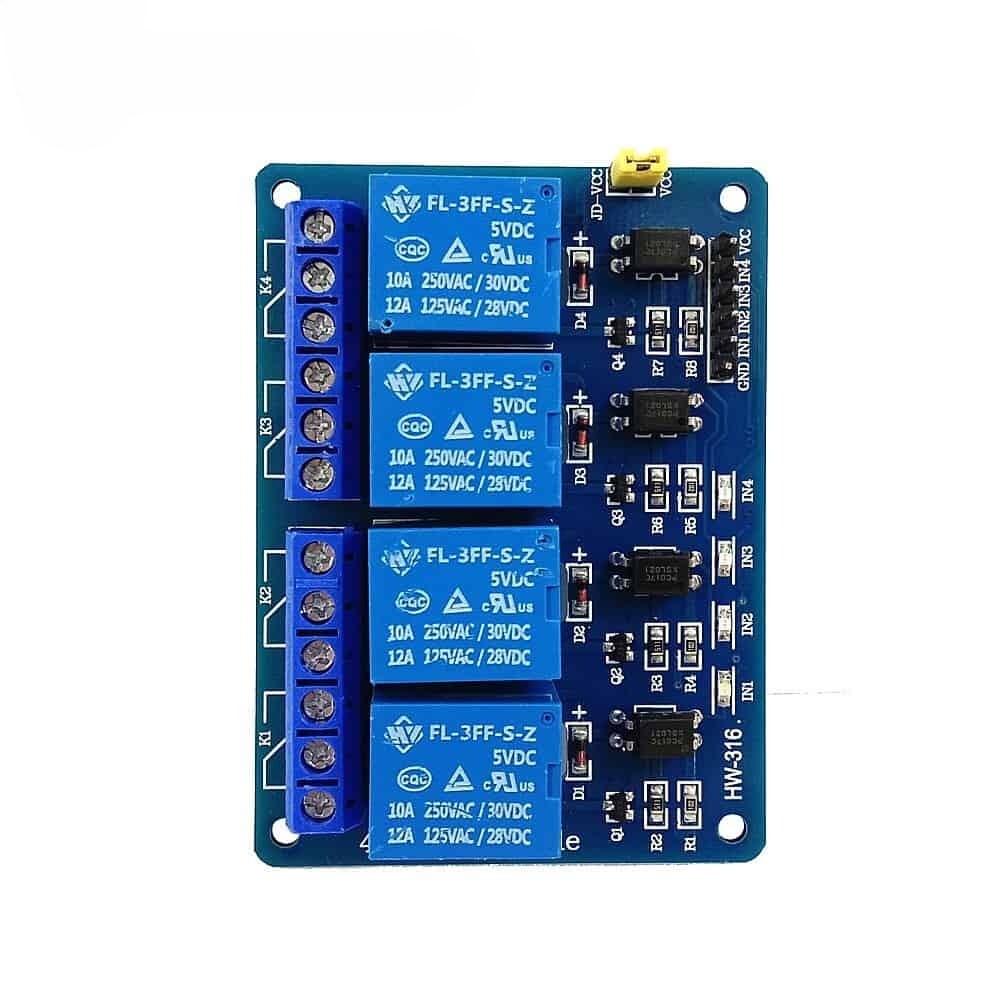


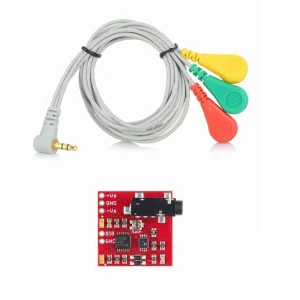
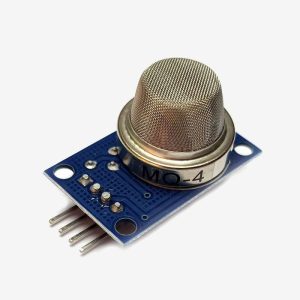
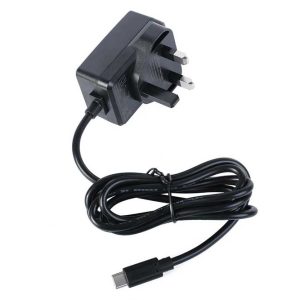
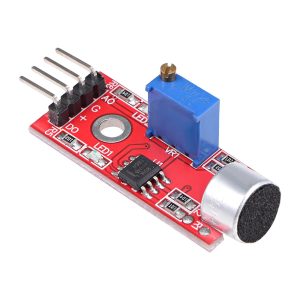
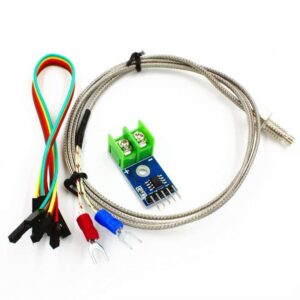
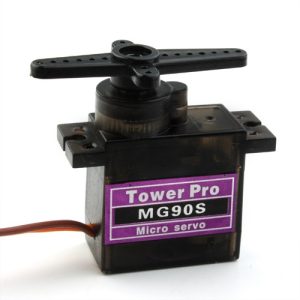
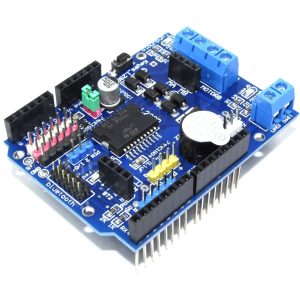
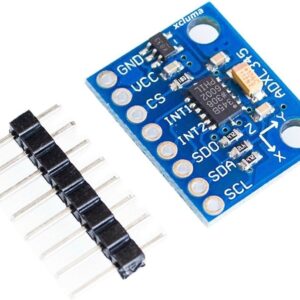
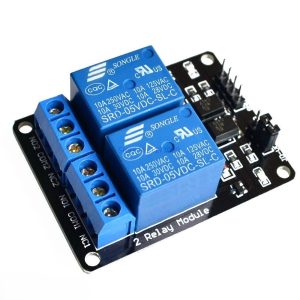

Reviews
There are no reviews yet